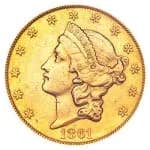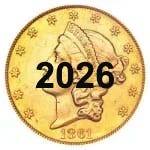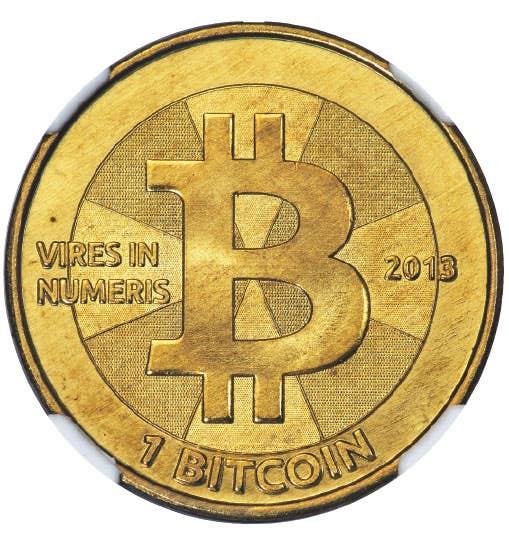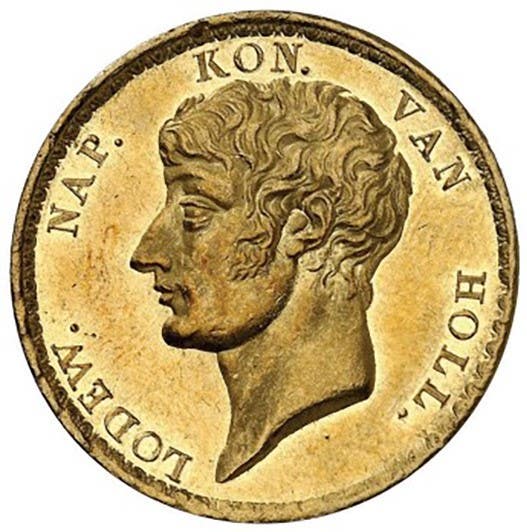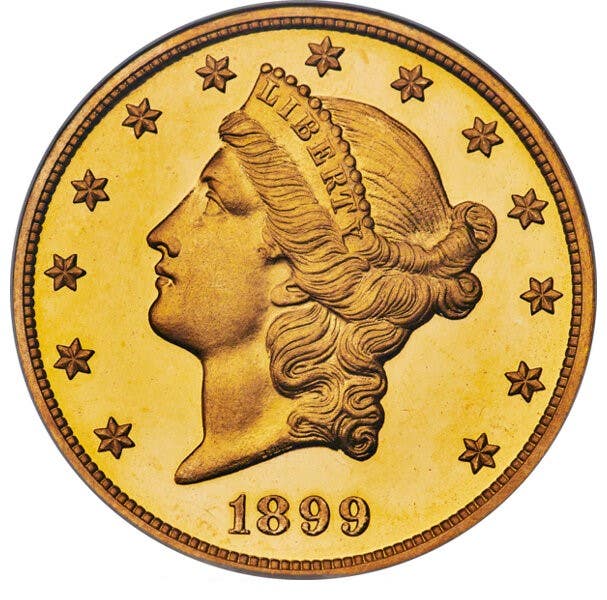1911-D half eagle problem in top grades
The Indian Head half eagle is a much tougher set than many realize. This is especially true if a set in MS-65 is the goal.
The Indian Head half eagle is a much tougher set than many realize. This is especially true if a set in MS-65 is the goal. In fact, it might not be possible to complete a set in MS-65. The available numbers are so low that finding the right coin might be difficult even with an unlimited budget. One of the dates that makes the situation so difficult is the 1911-D.
If the 1911-D sounds like a familiar date, it is because the 1911-D quarter eagle is the key to that set. It had a mintage of 55,680. The 1911-D half eagle had a higher mintage at 72,500, but that is still very low.
The half eagle was simply too much money for collectors of its day. There might have been a few collecting half eagles, but it would not have been many. Even fewer would have been assembling a set by date and mint. In 1911 that meant that the Philadelphia half eagle, with a mintage of over 900,000, would have been much easier to acquire than a 1911 half eagle.
Certainly the lack of saving would play a role in the high price of the 1911-D. It is $4,500 in MS-60. In MS-65, it is $241,500, which is not due to a lack of saving.
Whether a more available date or a key date, the fact remains that the Indian Head half eagle was a very real problem when it came to top grades. The problem was, in part, due to a function of the incuse motifs that were used. The field was the highest part of the design, and that meant that just stacking could produce friction on the fields. The quarter eagle had the problem as well, but it was even worse for the heavier half eagle. As a result, there is really no such thing as an available Indian Head half eagle date in MS-65.
The denomination influenced the weight, which in turn influenced the lack of MS-65 examples. The denomination also had an impact on available supplies. A huge number of gold coins in the market today were not saved by collectors. Rather, they were coins shipped out of the country where they sat in bank vaults for decades before being purchased by U.S. coin dealers and returned home. There were small numbers of half eagles in the vaults that returned home. There were no large surprise supplies of a date like the 1911-D to come from Europe.
As a result, the total supply of the 1911-D in all grades is basically the number saved by collectors and dealers prior to the gold recall order of 1933. There were not only few collectors when the 1911-D was issued, but few would have come along and saved an example from circulation prior to 1933. Most new collectors would have started with cents and nickels, not half eagles.
At $475 in VF-20, the 1911-D is a couple hundred dollars more than an available date. It is possible, but the higher the grade, the greater the challenge. At NGC, any grade above MS-62 is tough. There are 14 examples in MS-63, seven in MS-64 and just two in MS-65. The PCGS totals are similar with 40 in MS-63, 12 in MS-64, but just one in MS-65. Because of the design, very few examples survived to the present in MS-65.
For the collector wanting a 1911-D, the best advice is to check the amount graded and make a realistic decision based on price. This is one case where saving or hoping will not help you come up with the MS-65 you might desire.

